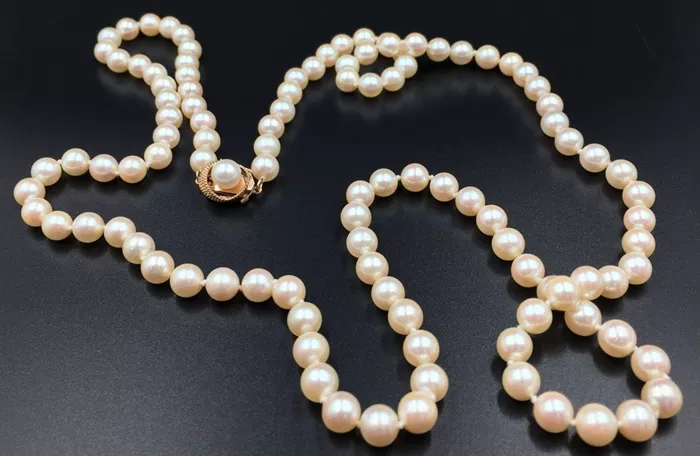The global pearl jewelry market is set to experience significant growth, with expectations to reach $42 billion by 2031, growing at a compound annual growth rate (CAGR) of 13.2% from 2022 to 2031. This insight comes from a new report published by Allied Market Research, titled “Pearl Jewelry Market Size, Share, Competitive Landscape and Trends Analysis Report, By Type, By Material, By Pearl Nature, By Pearl Origin, By Distribution Channel: Global Opportunity Analysis and Industry Forecast, 2022-2031.” The report offers a detailed overview of the market, assessing key trends, drivers, and challenges, while also exploring potential opportunities for future development.
In 2021, the market was valued at $12.8 billion, and experts predict it will continue to grow rapidly, fueled by consumer interest in products such as necklaces, earrings, rings, and other jewelry items. The jewelry is created by embedding pearls into various designs, often combined with other gemstones, to produce elegant pieces. The market encompasses all types of pearl jewelry, although specific pearl colors were not included in the study, as their consistency is not always guaranteed in the manufacturing process.
Despite this positive outlook, the market faces some challenges, particularly concerning consumer perceptions of cultured pearls. Cultured pearls, which are produced by inserting pearl grains into molluscs to mimic the natural formation process, have been subject to misconceptions. Some customers view these pearls with skepticism, associating the term “cultured” with inauthenticity. This confusion arises from the belief that cultured pearls are somehow inferior to natural pearls, when, in fact, they are real pearls, produced with human involvement.
Additionally, many people confuse cultured pearls with imitation pearls, which are entirely different gemstones that resemble pearls but lack the same qualities. This misunderstanding has limited the growth of the pearl jewelry market.
Culturing pearls, while not particularly difficult for freshwater varieties, involves certain challenges. Factors like the lifespan of the molluscs, water quality, and the time required to produce pearls all play a role in determining the quality and quantity of the output. Over-culturing can lead to environmental issues and impact the pearls’ quality, which in turn could affect the market.
Despite these challenges, the overall outlook for the pearl jewelry market remains positive, driven by growing consumer demand and ongoing industry innovation.
Related topic:
- US to Require Diamond Importers to Declare Country of Origin
- Swiss Jewelry Brands Use Blockchain to Tokenize Diamonds
- National Museum Hosts Italian Fashion Jewellery Exhibition in Muscat


